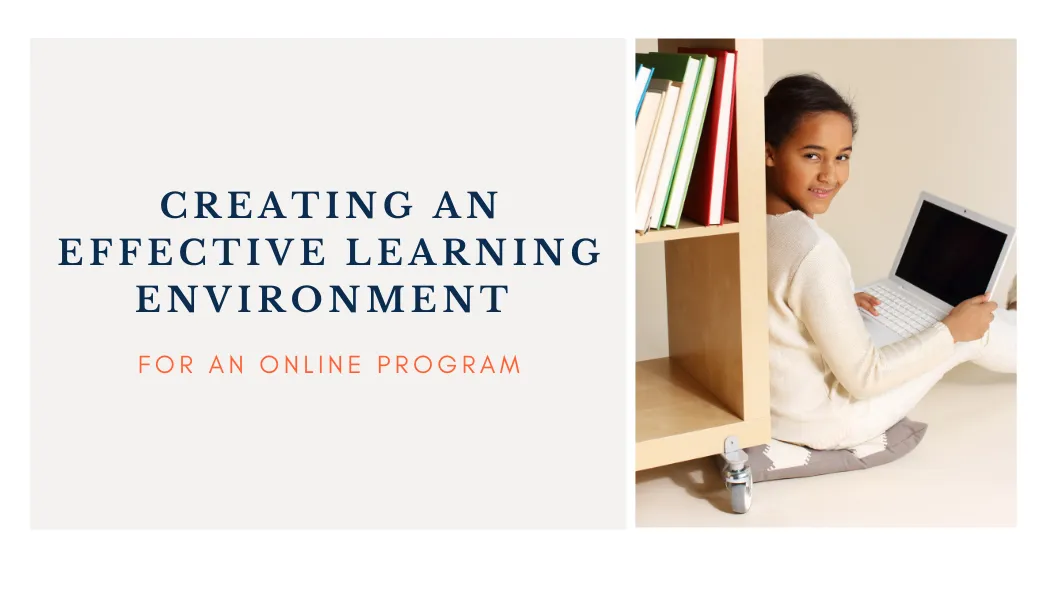
In 2020, more students than ever in history are participating in online or distance learning environments. Apart from learning how to navigate new learning systems, prioritizing assignments, and having the ability to stay on task with lower levels of accountability, one other key factor can aid in your student’s success that most people would not consider.
Setting up a positive and effective learning environment for your child can be crucial for his or her online learning journey. It is important to set the standards for this space at the start of his courses.
While every student is different and every student’s space will vary, there are some practical characteristics that we suggest to help your child make the most out of his learning experience.
- Learning needs: Every child is unique, so it is important to understand if a child thrives best in a silent learning space or one that offers some background noise. If you are unsure, let him try out a few different spaces in your home.
- Distractions: This may just be the most important factor to consider with the way that our society runs on technology. Set clear standards for your child in regard to his cellphone usage, social media access, and even ability to see or hear the TV. We encourage parents to also monitor their child’s apps and tools frequently to eliminate outside distractions and harmful website advertisements or visits. The beauty of technology in the world we live in is that there are also resources available online to help you combat online distractions. You can take a look at the blog post, “6 Free Website Blockers for Studying & Improving Focus” by Felix Belzile. Other distractions may include siblings, toys, pets, outside noises, and even clutter.
- Accountability: While some students prefer pure silence in a learning space, it is important to consider the accountability that your child may need. Choose an environment that allows for peace and quiet but does not shut him off from the family completely. Periodic check-ins may be beneficial for your child during study time. This will help your child stay on task and honest throughout the school year.
- Comfort: Make it comfortable, but not TOO comfortable. You want your child to be comfortable in his learning setting as he will spend large portions of time there, but you never want the learning space to be too comfortable. For example, if the primary space for school work is his bed, he will be far more likely to fall asleep instead of working on assignments.
- Necessities: Other logistics should be considered as well. For example, choose a space that is well lit, provides easy access to a power source and has enough space for your child to work. Consider the height of your child’s seating and table arrangement. To avoid uncomfortable and ineffective seating, you can take a look at the guidelines that Communityplaythings.com has provided for the most ergonomic setup.
We also encourage students to personalize their learning environment in ways that inspire and motivate them. This could mean decorations, organizational calendars, dream boards, or evidence of past successes. Once your child has his space mapped out, we challenge you to begin having conversations about the upcoming school year’s goals, scheduling, and expectations. For more ways to set your child up for success this year, check out our blog post here.
We hope this can be a helpful resource for you and your family as you get started with NorthStar!
